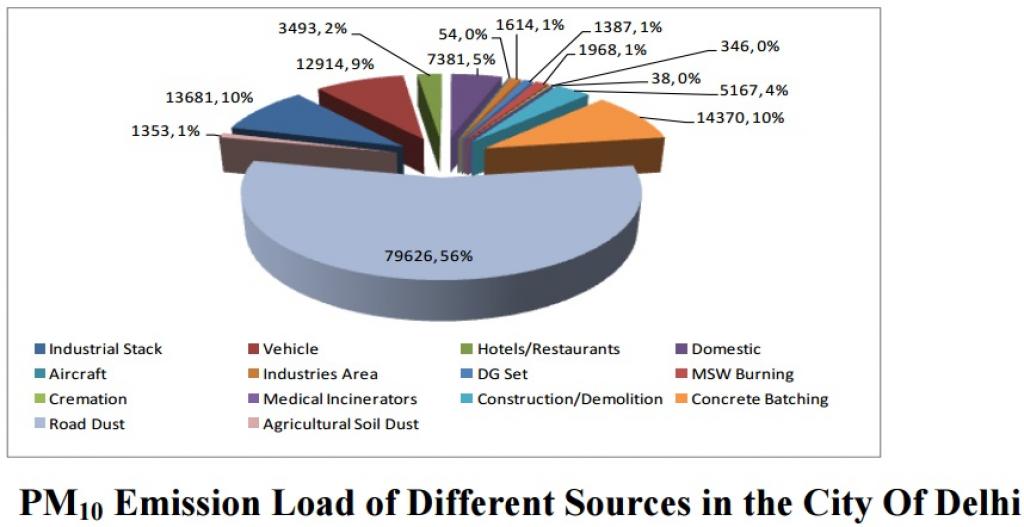
The onslaught of smog effect on Delhi is there for SINCE 17 years. As winter advances the particulates including dust, smoke from industrial effluents, vehicular emissions, and other domestic sources like the burning of waste are causing heavy damage to the environment.
The entire city is enveloped by pollution layer all around with contribution from multiple sources within Delhi, nearby region and even from long distances.[1] Air pollution in Delhi is the result of anthropogenic and natural sources like road dust. Anthropogenic pollutants mainly like crop burning, waste burning and the ever-increasing number of vehicles in Delhi is causing a great concern regarding the concentration of Nitrous oxide levels. Air Quality Index (AQI) indicates the environment condition. 1-50 consider to be good, 51-100 satisfactory, 101-200 moderate, 201-300 poor, 301-400 very poor, 401-500 severe, 500 and above emergency while the prescribed standard for PM10 and PM2.5 is 100 and 60 ug/m3 respectively
The satellite images of NASA’s fire mapper revealed that the cases of paddy burning in Punjab, Haryana and Uttar Pradesh increased after Diwali (October 30). It led to severe smog in the national capital.[2] Levels of PM10, PM2.5, and NO2 are statistically higher (at most locations) in winter months than in summer months by about 25-30 percent. In general air pollution levels in ambient air is uniform across the city suggesting the entire city is stressed under high pollution.[3] During Diwali days, PM levels nearly double from the average level and organic content of PM increases more than twice. It is noteworthy that levels of potassium and barium, the main components of firecrackers can Increase by about ten times.
https://eprajournals.com/jpanel/upload/511pm_12.EPRA%20JOURNALS-3779.pdf



No comments:
Post a Comment